10 nofuss ways to figuring out your anseongculjang

When is the best time to schedule a massage

While you may not instantly notice the benefits of massage, you can expect to feel a sense of peace and calm after a treatment. Some massages can cause you to feel exhausted or stiff. Others can actually leave you feeling refreshed. Whatever the case there are numerous benefits to receiving a therapeutic massage. Here are some of the most sought-after. Find out how they can benefit you, and when to schedule an appointment for a massage. You'll be grateful you did!
Tui na, literally "push and grasp," has been practiced in China for at least two thousand years. The term first was mentioned in Chinese literature during the Ming dynasty and was employed as a form of treatment for children known as tuina. It was created prior to Anmo, which literally means "pressing," and is thought to be the first therapeutic massage to be found in China. Although tui na offers many benefits, it is not recommended for all ailments.
A gentle Yin style Tui Na massage is safe for women who are pregnant and can help with the adverse effects of chemotherapy. In the same way, a relaxed gentle massage style can be helpful 안성출장마사지 to patients with osteoporosis. Although the use of external media is not generally recommended, the use a Tui cloth or garment under a bed sheet is safe for those with osteoporosis. Finally doctors should seek medical advice before performing massage. If they are uncertain they should seek advice from a colleague or the patient's GP.
While many massage techniques are suitable for women who are pregnant however, you should not use massage techniques on pregnant women. In addition you should not apply abdominal or back massage during pregnancy. Acupressure is also a good option. While massage is beneficial for your health, it is not a cure. You should consult a physician before deciding to undergo the treatment. It is also recommended to discuss the specific issues you wish to treat with a therapist before you begin a session.
For women who are expecting, a gentle Yin massage is suggested. It helps to ease the patient's stress and reduce the side effects of chemotherapy. A gentle Yin style can be helpful for a woman suffering from sciatica. It is a common problem that occurs in the third trimester. A Yin massage can aid those suffering from sciatica. Its flexibility helps to relieve tension in the body, which can help the mother and baby.
Traditionally, tuina-massage is performed on clothed clients. The practitioner will require that the client wear loose clothes so that they can move their joints with ease. The massage oil is applied exclusively on the hands, feet and neck. Tuina massage is a great option to relieve stiff necks, sore backs sciatica, shoulder distension and shoulder distension. The therapist will apply the oils in different parts of the body to improve overall health and balance.
During pregnancy, tui na massage is an ancient Chinese massage technique that was invented in the ancient times of China. It is the most ancient form of bodywork in the world. It is one of the four branches of traditional Chinese medicine, and is the most ancient form bodywork. It is based upon the idea that an imbalanced flow in qi can lead to symptoms like headaches and acupressure. Tui-na massages stimulate Qi flow creating a feeling of harmony and balance.
The Tui-na massage is based on Chinese medicine. It is quite different from western massage, and operates on a higher energetic level. The flow of energy is able to be detected and controlled by the therapist's hands. It can be used in combination with other TCM treatments, like acupuncture and Chinese herbal remedies. It can also be combined with Acupressure. This kind of tui na is based on the principle of TCM however, it is distinct from Western-style in how it works.
Another form of tui na is known as Tui na. It is a Chinese massage technique that applies pressure to specific parts of the body. It is based on yin-yang balancing , and has been practiced in China since over five millennia. The word is pronounced as "twee-na". The tui na technique has been used for over more than 5000 years and is a component of Traditional Chinese medicine.
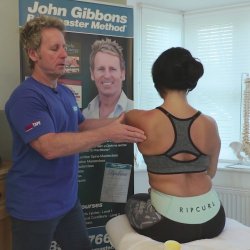
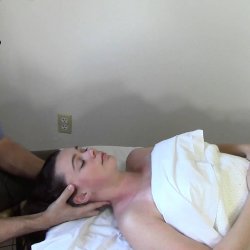

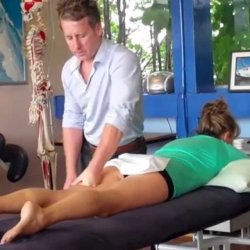
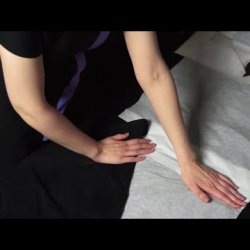
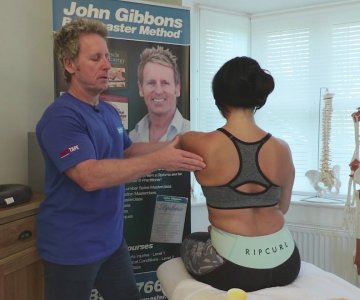
Ingen kommentarer endnu